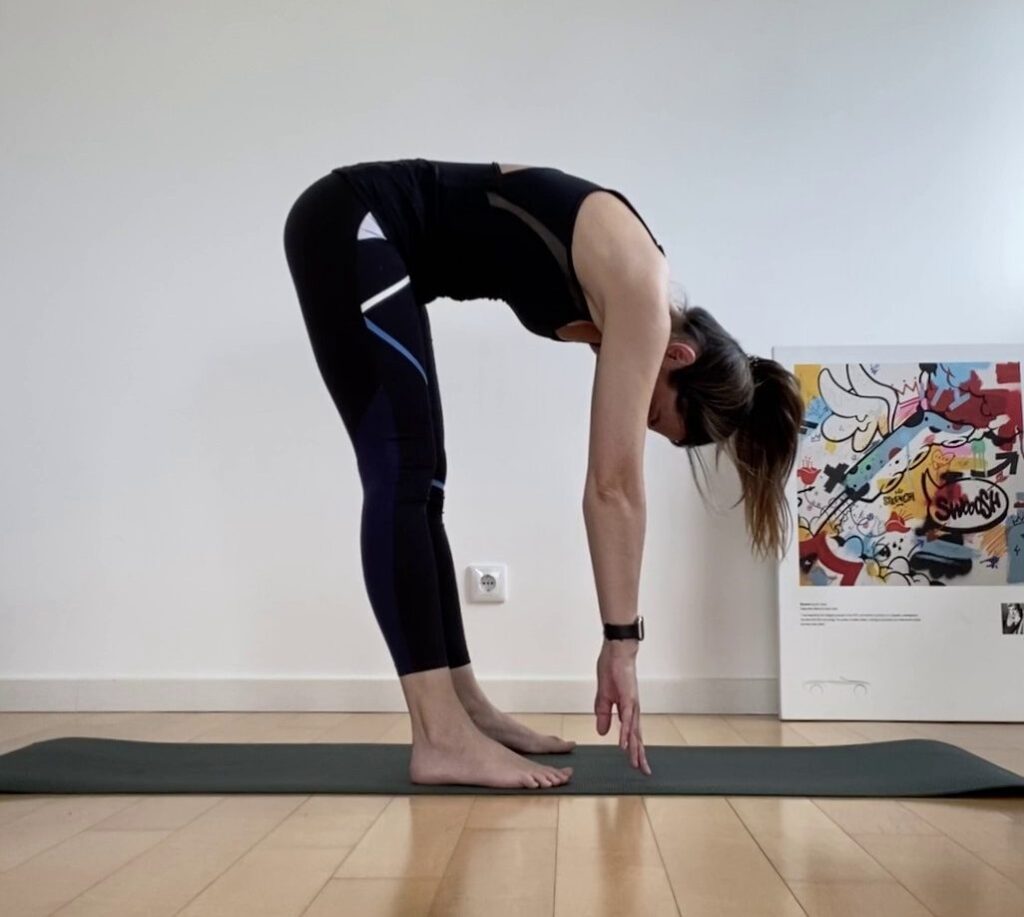
Essential Stretches to Avoid Injuries
Share
Staying active and exercising is essential for your health, but it’s equally important to ensure your body is ready for the challenge. One of the most effective ways to prevent injuries is through proper stretching before and after your workout. In this article, we explore the essential stretches you should include in your workout routine to prevent injuries and improve performance.
Why Are Stretching Important?
Stretching is crucial for increasing flexibility, improving blood circulation to your muscles, and preparing your body for movement. It helps relieve muscle tension, improves range of motion, and ultimately reduces the risk of injury. Incorporating stretching into your routine can also improve posture and relieve stress.
Types of Stretches
There are two main types of stretches to consider:
-
Dynamic Stretches:
- When to do it: Before training.
- Benefits: Prepare muscles and joints for movement, increase body temperature, and improve circulation. These stretches involve controlled, repeated movements that mimic the exercise being performed.
- Examples: Knee raises, arm rotations, dynamic lunges.
-
Static Stretches:
- When to do it: After training.
- Benefits: Helps muscles relax and return to their original length, promoting recovery and preventing muscle stiffness. These stretches involve holding a position for a period of time, usually between 15 and 30 seconds.
- Examples: Hamstring stretch, quadriceps stretch, triceps stretch.
Essential Stretches
Here are some essential stretches you should include in your routine to help prevent injuries:
-
Hamstring Stretch:
- How to do it: Sit on the floor with your legs stretched out. Lean forward, trying to touch your toes with your hands, keeping your back straight. This stretch targets the muscles in the back of your thighs.
- Benefits: Helps improve hamstring flexibility and prevents lower back and knee injuries.
-
Quadriceps Stretch:
- How to do it: Stand up straight and gently pull one foot toward your buttocks, holding it with your hand. Keep your knee in line with your body and hold the position. Repeat with the other leg.
- Benefits: Improves flexibility of the muscles in the front of the thigh, which is important for knee stability.
-
Calf Stretch:
- How to do it: Place your hands on a wall and place one foot forward, with the knee slightly bent, and the other foot extended back, with the heel on the floor. Hold the position and feel the stretch in the calf of the stretched leg.
- Benefits: Helps prevent injuries to the Achilles tendon and ankle joints.
-
Glute Stretch:
- How to do it: Lie on your back and cross one leg over the other, forming a 90-degree angle. Pull the bottom leg toward your chest, feeling the stretch in your glutes.
- Benefits: This stretch is essential to prevent lower back pain and improve hip mobility.
-
Chest Stretch:
- How to do it: Stand next to a wall or door, place your arm bent at a 90-degree angle against the wall, and turn your body to the opposite side. Hold the position to stretch your chest muscles.
- Benefits: Improves posture and helps prevent tension in the neck and shoulders.
Tips for Effective Stretching
- Don't Force It: Stretch until you feel slight tension, but not pain. Pushing too hard can cause injury.
- Breathe Deeply: Deep breathing helps relax your muscles and maximize the benefits of stretching.
- Be Consistent: For best results, incorporate stretching into your daily routine, even on days when you don't work out.
Conclusion
Stretching is an essential part of any workout routine. Not only does it help prevent injuries, but it also improves flexibility and overall performance. Remember, the time you spend stretching before and after your workout is an investment in your long-term health and well-being.
For more tips on improving your workout routine and staying healthy, check out other articles on Home Workout . We recommend reading “How to Create a Custom Stretching Routine” and “Post-Workout Recovery Tips” to complement your fitness journey.
What is the right training program for me?
We recommend that you check which training program is best suited for you. Find out which training program is right for you where after completing the questionnaire we will help you identify the ideal training plan based on your goals and fitness level, ensuring more efficient and targeted development.
Revenues:
- Chicken Salad with Quinoa and Avocado
- Recipe: Protein Pancakes
- Chicken Salad with Quinoa and Avocado
- Recipe: Banana Smoothie with Rice and Oat Milk
- Green Detox Smoothie Recipe
Other topics:
Challenge of the day | Tips | Training
Suggested services:
Diagnosis, assessment/reassessment | Planning | Accompanied training
Suggested ebooks:
100 No Excuses Workouts | Amateur race | Fitness Detox
Suggested training programs:
Military training | Metabolic training
Where to buy Food Supplements
Whey protein 900g chocolate flavor
Creatine monohydrate with Creapure® seal 240 capsules
Omega-3 Supplement
For more tips on training and health care, continue to follow our articles at www.treinoemcasa.com



